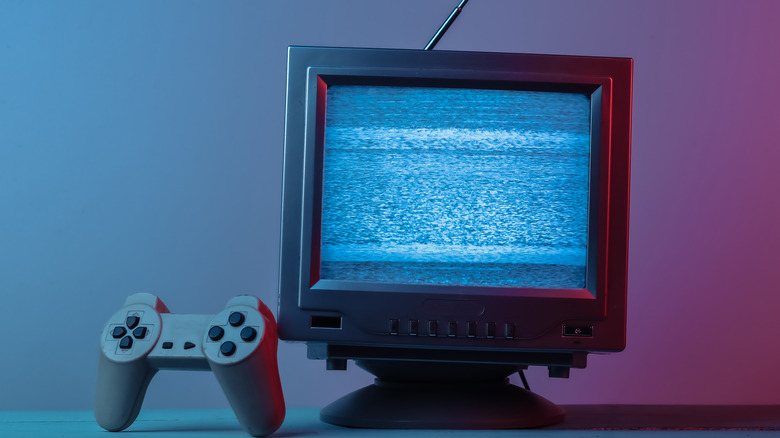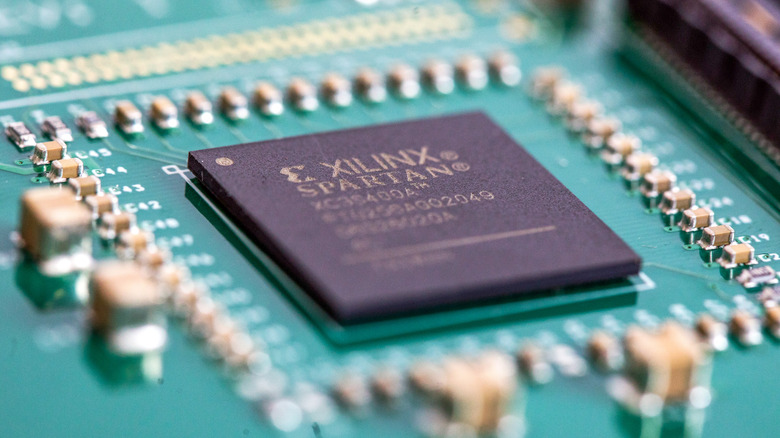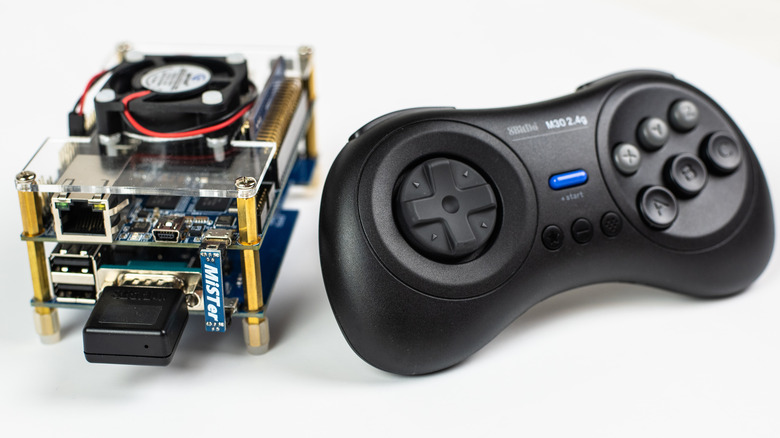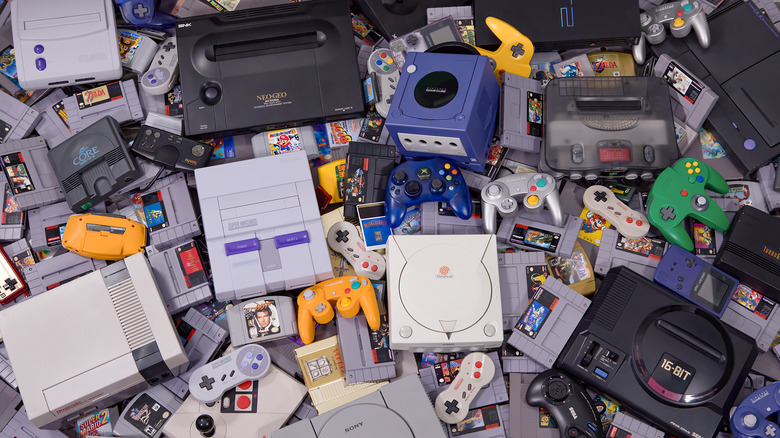What Is FPGA Gaming?
Emulating video game consoles via software has been a popular way to enjoy retro gaming for some time now. Software emulation of consoles works by convincing a ROM (or read-only memory, copied from a game's original data) that it is being played on an actual console. Although half of the time this emulation method can work well, there are also plenty of issues that pop up quite often due to incompatibilities between the ROM and emulator. From buggy games to distorted audio, software emulation is far from perfect. This boils down to the fact that it's difficult to properly emulate hardware using software.
This is where field-programmable gate array (FPGA) emulation comes into play. The technology is an up-and-coming contender for the best way to emulate classic video game systems, doing so by removing many of the issues found in purely software emulation, and it has the potential to make nearly complete reproductions of classic consoles.
How does FPGA gaming work?
FPGA is a type of chip called an integrated circuit, which uses programmable logic blocks that can be altered as needed. This allows for the chip to be programmed to recreate the hardware circuitry of classic game consoles, making for a more true-to-life version. It can also be configured in multiple different ways, so you could potentially load up many different console emulators on one chip.
To create these emulators, a programmer writes what is called a "core" based on the hardware of the original console hardware description language (HDL), which the FPGA can understand and use to reproduce the behavior of the hardware. So, for any ROM running on this FPGA, assuming it's a precise reproduction, the odds of incompatibilities is far lower. This ensures the ROM will run much more smoothly since the emulator is working from a more precise hardware level rather than from software.
What is the MiSTer FPGA?
MiSTer is an open-source project for retro gaming fans and FPGA hobbyists alike to come together and create reproductions of classic gaming hardware, including everything from consoles to old computers and arcade boards. The cores written for this hardware can be found on an SD card included on a DE10-Nano board that you can buy for $210 on the MiSTer Addons site.
From there, to get MiSTer up and running, you'll also need to purchase a $55 I/O board, as well as a $55 USB board to connect controllers or other accessories. This will complete the setup, assuming you want to put it all together yourself. However, you can also buy MiSTer pre-configured for $615.
You can then connect the hardware via HDMI to a display screen and to the internet through a wired connection or USB adapter. Run the update script, and then choose from the cornucopia of console cores available to power the game ROMs (the latter of which you'll need to get on your own).
Is FPGA gaming worth it?
The amount of money required to just get started with FPGA is staggeringly high, especially knowing software emulation is available for free. If you're looking to get into retro gaming emulation, FPGA may not be for you, at least to start out with.
If you've become a die-hard video game emulation hobbyist and want to delve deeper into hardware reproduction, FPGA is a great way to do it, assuming you can afford the steep price tag. The ability to run a complete MiSTer setup and choose from a vast number of consoles at the press of a button is a fascinating novelty and something of a childhood dream. The area where FPGA gaming really makes strides in emulation is its ability to stay true to the original hardware. If you're looking for a true replication of a retro gaming experience, FPGA is the closest you can get.
MiSTer's purpose is also mainly to preserve old consoles, as it's easier to maintain cores than it is the original hardware itself. With age inevitably comes the decay of these systems, but the promise of FPGA gaming allows the gaming history to live on.



